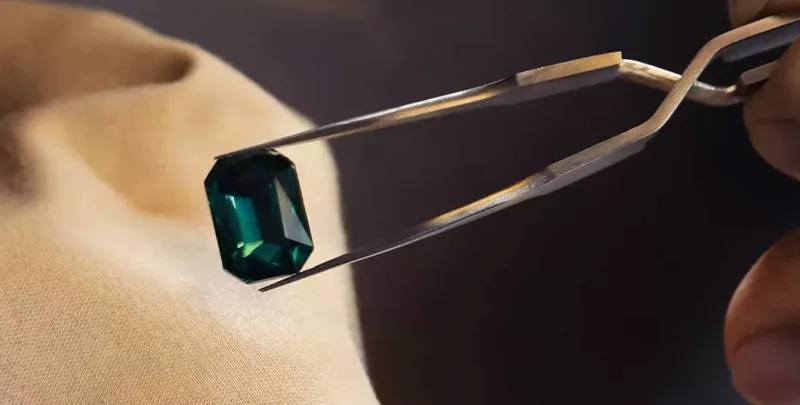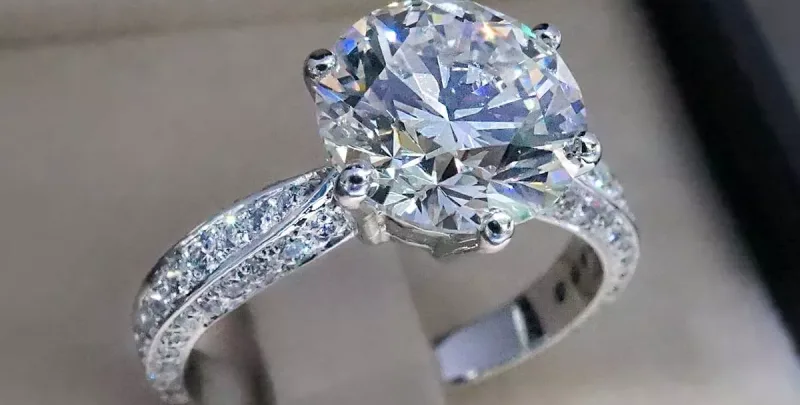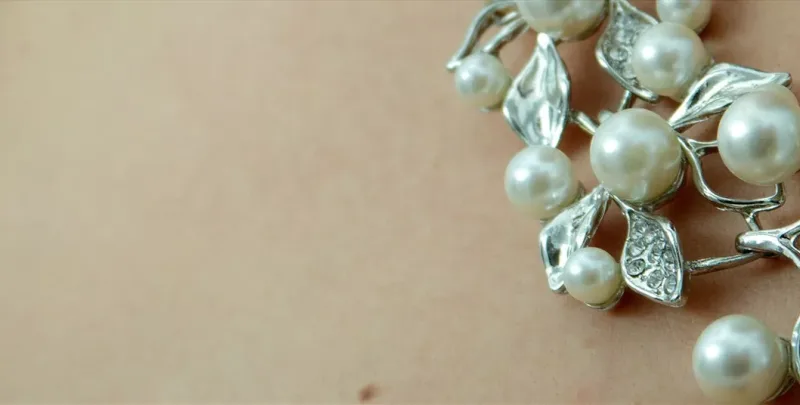Artificial Diamonds: Unveiling the Sparkling Revolution of Lab grown diamonds.
We have come a long way since the first artificial diamond was manufactured in 1954 at the GE Research Laboratory. This breakthrough marked a significant milestone in the field of materials science and gemology.
The artificial diamond, produced by GE, was relatively small, measuring about 0.15 carats. However, it laid the foundation for further advancements in the creation of larger and more gem-quality synthetic diamonds. Over the years, technological improvements, including the development of the chemical vapor deposition (CVD) method, have enabled the production of larger and higher-quality artificial diamonds for various applications, including jewellery.
Lab grown diamonds take approximately 6 to 10 weeks to make, as opposed to probably a billion years for one to form naturally.
Recently, there has been a large increase in the interest in lab grown diamonds for use in jewellery, mainly driven by the fact, that couples searching for an engagement ring, are attracted by the cheaper cost of the lab process, hence resulting in the ability to obtain a much bigger diamond for their money. It’s fair to say that lab grown diamonds are having a disruptive effect on the jewellery industry.
What are Lab Grown Diamonds?
In the world of gemology, a remarkable transformation has taken place with the advent of artificial lab grown diamonds. Unlike naturally occurring stones, these diamonds are not formed deep within the depths of the Earth but in the controlled environments of laboratories.
How are they manufactured?
Lab grown diamonds can be manufactured by a number of different methods.
1. High-Pressure High-Temperature (HPHT) Method:
This method was one of the first used, it entails a carbon source, often a graphite seed, being subjected to immense pressure (around 725,000 pounds per square inch) and high temperatures (around 2,200 degrees Celsius), mimicking the conditions in the Earth's mantle where natural diamonds form. This process encourages the carbon atoms to crystallise into a diamond structure.
2. Chemical Vapor Deposition (CVD):
Another common method is Chemical Vapor Deposition (CVD), which involves introducing a carbon-rich gas into a chamber where a substrate (a surface on which something grows) awaits.
Under controlled conditions, the carbon atoms settle on the substrate, gradually forming a diamond crystal. This method is often favoured for its ability to produce large, high-quality diamonds with specific characteristics, ideal for the jewellery industry.
Can you tell the difference between natural, and man-made?
From a visual standpoint, artificial diamonds are virtually indistinguishable from natural diamonds. They share the same crystal structure, hardness, and brilliance, making it challenging for some jewellers using a Loupe to tell the difference. Often jewellers will have to refer to expert gemologists to differentiate between the two, and even they may need to use specialised equipment.
The Four Cs:
Artificial diamonds are graded using the same criteria as natural diamonds - the Four Cs:
- Carat weight
- Cut
- Colour
- Clarity
This ensures a standardised evaluation process, allowing persons looking for an engagement ring to make informed choices based on the same criteria used to grade real diamonds.
Applications Beyond Jewellery
As well as being used to make Jewellery, Lab grown diamonds do have other uses, which include for industrial purposes, having the same attributes, they can be used for cutting and drilling.
How disruptive are they?
As well as offering a compelling ethical and environmental alternative to mined diamonds, the competitive pricing of lab grown diamonds means that consumers can now obtain much more for their money. Lab-grown diamonds, in general, are more cost-effective to produce than their natural counterparts.
A significant challenge for artificial diamonds lies in overcoming lingering perceptions about their value compared to natural diamonds, no doubt there is a shift in consumer preferences, especially among those seeking value without compromising on quality.
However, it remains a matter of personal choice, there is still huge interest from consumers in mined diamonds and whilst the naked eye may not be able to tell them apart, many consumers prefer to know that they’re wearing an item that has formed naturally over a long period of time, rather than something which has been made artificially in a matter of weeks.
If you require to insure an item of Jewellery such as an engagement ring, we will be happy to try to assist you. We will provide jewellery insurance for items containing either natural diamonds or Lab grown diamonds.
If you would like a quotation to insure your Jewellery, please click here: Jewellery insurance, or call us on 0203 907 8080


